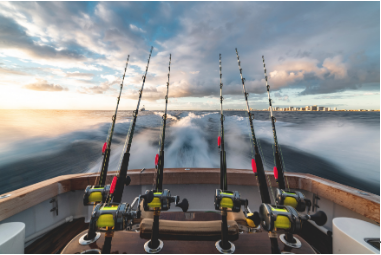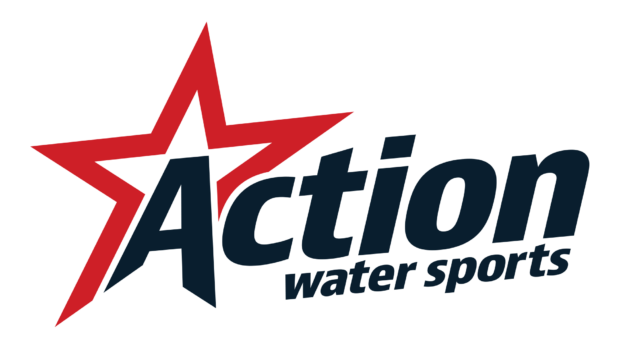Boating and Fishing communities celebrate approval of Biscayne fisheries management plan

Last week, after decades of debate, the Florida Fish and Wildlife Conservation Commission (FWC) approved the Biscayne National Park (BNP) Fisheries Management Plan. NMMA and much of the recreational boating and fishing community advocated in favor of the plan, which is aimed at increasing the size and abundance of targeted species within the Park by 20%.
The plan enters into force on July 1, 2020 and addresses the following:
- Increases the minimum size limit for ten major finfish by 20% and establishes new limits on fish such as grunts, which currently lack size limits.
- Establishes an aggregate ten fish limit on major finfish to achieve a 20% increase in species abundance. Anglers need healthy and abundant fisheries to recreate and these policies help ensure fish stock for generations to come and appropriate trophic abundance.
- Creates five new Coral Reef Protection Areas (CRPAs), as they appropriately allow for the continuation of hook and line fishing, as well as boating. These areas provide sensible protection from trap and lobster harvest-related damage in some of the most sensitive ecological parts of BNP.
- Identifies a trap-free zone near the BNP Visitor Center. The area around BNP’s headquarters is a high traffic zone. While this area already prohibits the activity of lobstering, the measure will lower stress on the environment, promote safe access, and reduce user conflict.
- Lastly, the plan establishes a no-trawl zone within a portion of BNP as a means to conserve seagrass and hardbottom nursery habitats. This measure will provide reasonable protections for fish and invertebrates as well as reduce the likelihood of bycatch.
In additional to these new rules, FWC approved the Science Plan; a joint plan between BNP and FWC for monitoring fish populations and determining baseline conditions and benchmarks that will be reviewed every five years. FWC also approved a Memorandum of Understanding (MOU) between BNP and FWC, clarifying research and monitoring roles, as well as the agreement that marine reserves would not be considered as a first option and only be considered after all other options have been exhausted.
“We applaud the work of the National Parks Service and FWC for implementing a plan with sound science-based initiatives, appropriately balancing conservation and public access,” said Nicole Vasilaros, NMMA senior vice president of government and legal affairs. “This plan is far superior than that of the 2015 General Management Plan, which would have implemented a draconian marine reserve, effectively locking out over 10,000 acres from boaters and anglers.”
BNP is the nation’s largest recreational marine park in the National Park System. Located off the coast of Miami, Florida, BNP draws visitors from throughout the metropolitan area, Florida, and world. The recreational boating industry considers these fisheries management decisions to be critically important. Seventy percent of all boat outings involve fishing. Fisheries decisions and aquatic environmental conditions have a direct and cascading impact on the marine industry, including the ability of businesses to expand and customers to get out on the water.





